Search
Remove Ads
Advertisement
Summary 
Loading AI-generated summary based on World History Encyclopedia articles ...
Search Results
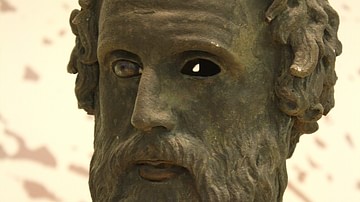
Definition
Gorgias
Gorgias (l. c. 427 BCE) was a Greek Sophist and philosopher, considered the greatest Rhetorician of his day. He is said to have created several aspects of public speaking still in use and to have mastered the art of persuasion, commanding...
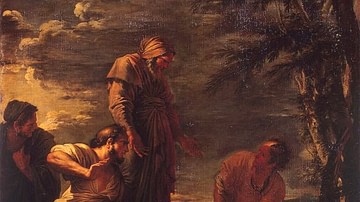
Article
Protagoras of Abdera: Of All Things Man Is The Measure
Protagoras of Abdera (l.c. 485-415 BCE) is most famous for his claim that "Of all things the measure is Man, of the things that are, that they are, and of the things that are not, that they are not" (DK 80B1) usually rendered simply as "Man...
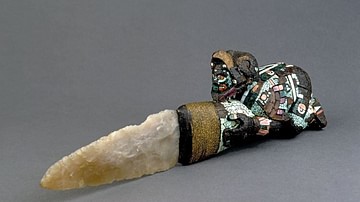
Article
Aztec Ceremonial Knife
The Aztec mosaic-handled knife currently in the British Museum, London dates to between 1400 and 1521 CE and is thought to have been used in religious ceremonies. Made from wood and flint the knife handle represents an Aztec warrior but the...
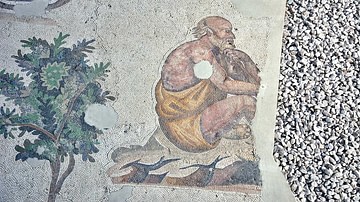
Article
Gorgias' On Nature (On the Non-Existent)
Gorgias of Leontini (l. c. 427 BCE) was a famous Greek Sophist who claimed that nothing exists and, even if it does, its nature cannot be understood and, even if it could be, one is not able to communicate that understanding to another person...
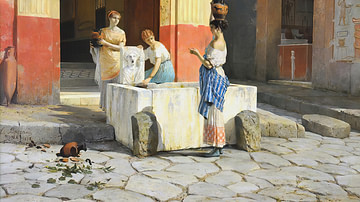
Image
Women at a Well in Pompeii
Illustration of what life may have looked like in ancient Pompeii. "Women at the Well" by Luigi Bazzani (1836-1927), oil on woodpanel.
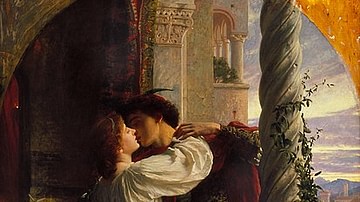
Definition
Romeo and Juliet - Shakespeare's Greatest Love Story
Romeo and Juliet is a romantic tragedy written by William Shakespeare. First printed in 1597, it remains one of the most famous works of Western literature and – alongside Hamlet – is one of Shakespeare's most oft-performed plays. The play...
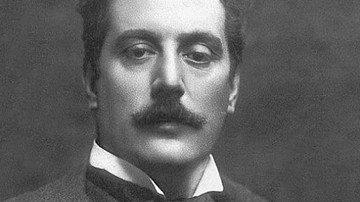
Definition
Giacomo Puccini
Giacomo Puccini (1858-1924) was an Italian composer best known for his operas La Bohème, Tosca, Madama Butterfly, and Turandot. Puccini drew inspiration from a wide range of literary sources, and his late Romantic music with its immortal...

Article
Italian Colonialism in Eritrea
Eritrea, located on the Red Sea coast of the Horn of Africa, was the ‘firstborn’ colony of Italy. The potential of a trade centre and naval base at Assab first attracted Italian interests in 1869. The Kingdom of Italy, however, did not officially...
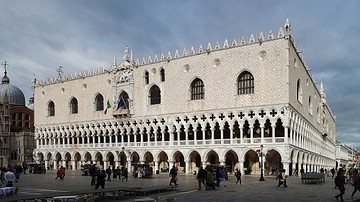
Article
Doge's Palace in Venice
The Doge's Palace, or Palazzo Ducale, in Venice, Italy, was the seat of power of one of the world's most powerful city-states, as the Venetian Republic dominated the Mediterranean for centuries. The bright façade of the palace marks the very...
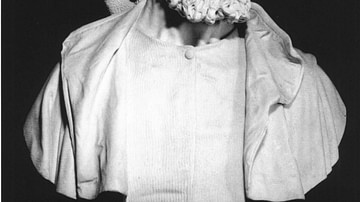
Image
Bust of John Cabot
An idealised portrait bust of the Italian explorer John Cabot (aka Giovanni Caboto, c. 1450 - c. 1498 CE) who sailed from England to eastern Canada in 1497 CE. (Venetian Institute of Science , Letters and Art, Venice)